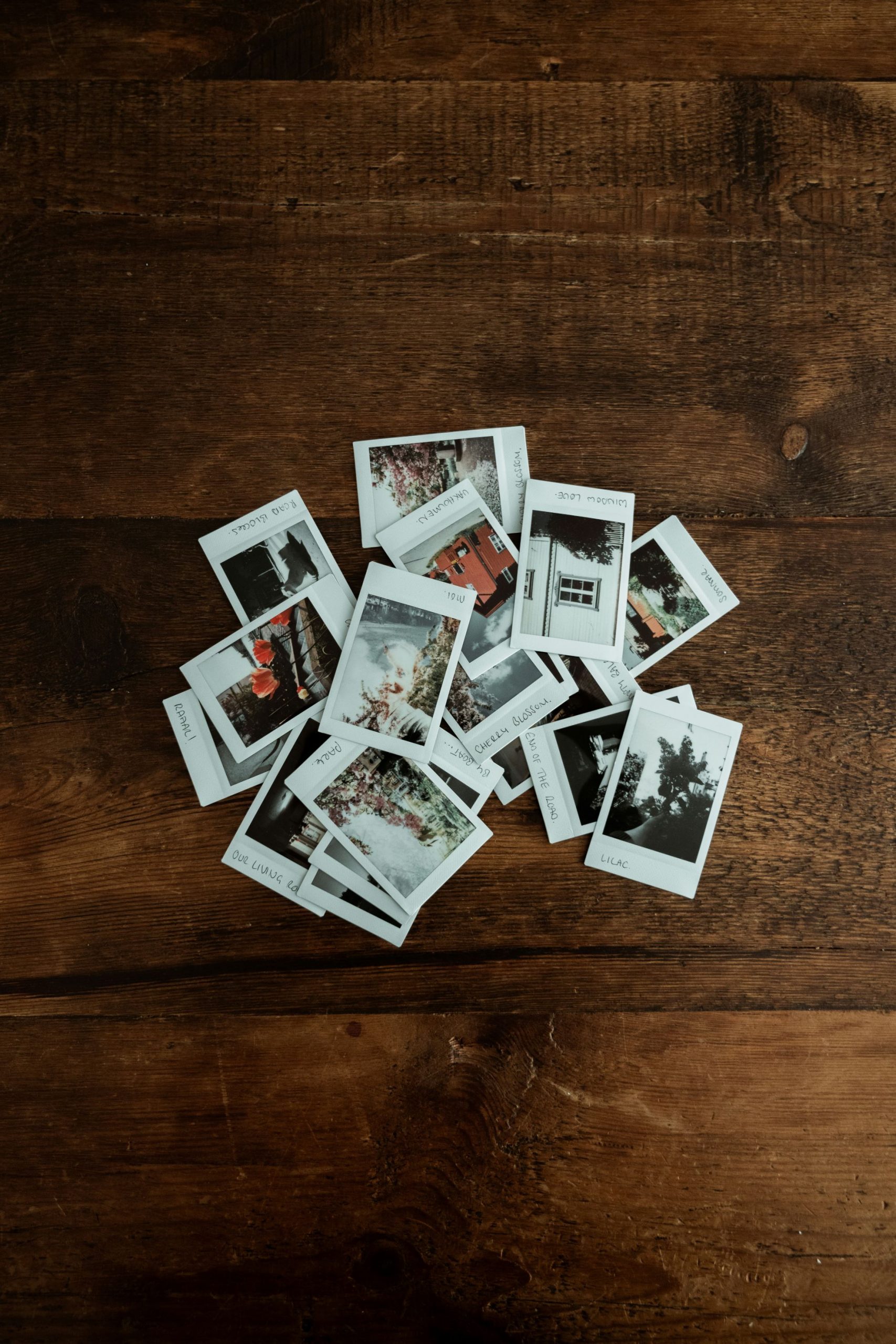Adding beautiful images to your website not only helps it to look good, but they can also help to boost your SEO and get your site seen by your dream clients. This blog post looks at three benefits of having images on your site and how to get them working hard for your business.
Visually appealing
Images help to break up large chunks of text, making your content more readable. Research shows that most people skim-read content, skipping to the parts they want to read. Images help to keep their attention and read through to the end.
Make sure your images are low-resolution and as small as possible in terms of size and the data they use. Pictures that are large in terms of the data can affect how quickly it takes for your website to load.
Images can add so much more to your website than just making it look good. But only if you make sure they aren’t affecting its speed. A website that’s slow to load won’t help to improve authority; people are impatient and want access to information immediately. If a page takes more than a couple of seconds to load, people are likely to lose patience and move on.
If you have a product-based business, the quality of the images is key, as that can affect whether people buy from you or not. Research shows that 75% of people make their purchasing decisions based on product images. So, it’s worth investing in getting some professional product images as they really can be the difference between getting a sale and not.
Relevant to the text
If you’re a product-based business, adding relevant images is easier than if you’re service-based, as you’ve got lots of lovely items to showcase. It’s really important to add images that complement what the words say, or are generic and so don’t detract from the content.
For example, if your blog post is about the best toddler carriers, an image of a group of teenagers on their mobile phones will be confusing and is likely to put readers off reading the full article or finding out more.
Simple SEO: Make your images searchable and accessible
Adding alt text (alternative text) to your website images helps the right people find them.
- It describes what the image shows if it fails to load.
- It tells Google what the image is about, so it can decide who to show your website to. It also makes the image searchable, as many people click pictures rather than words in search results.
- It makes your website accessible to visually impaired users. Their screen-reading tool describes the image to them using the alt text, helping them decide whether it’s what they want to read about.
Adding keywords helps your images and, therefore, your website show up in search results. But make sure they’re relevant and added naturally. Don’t keyword stuff or just add them for the sake of it, as that will damage your authority.

Have fun with images on your website
Images help you add a splash of your personality to your website. You can have fun with them as long as they’re not too over the top or bizarre! Having images of you on your home and about pages helps your audience connect to you, which is key for the know, like, trust factor.
Images in a particular style also help with your brand personality. So, try and keep to a theme or colour, particularly if you’re service-based, as this will help people identify your brand on other platforms (as long as you continue the theme everywhere).
People like to be able to put a face to a brand and see who it is they are buying from. Think about how you purchase online. If you come across two pages with the same services that you want to buy for the same price, but one has photos of the faces behind the brand, which would you go with?
I’d probably go with the one that has an image of the person I’m buying from, as I like to know a bit about who I’m buying from, and I get that from a photo.
If you’d like regular SEO tips and inspiration, have a look at The SEO Club, my weekly newsletter. It’s full of straightforward support with the odd bit of dating banter thrown in for good measure, and at the moment, you get access to my Ranking & Romance masterclass when you join.
For details of all my services and how I can help you transform your website so it attracts your dream clients, head to the copywriting and SEO services page.


0 Comments